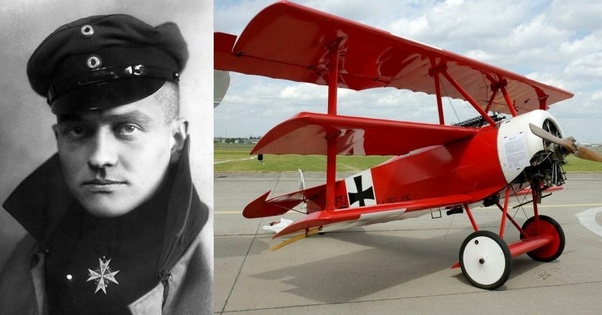Manfred von Richthofen, famously known as the Red Baron, painted his aircraft red for several reasons that distinguished him from other German aces who preferred camouflage. His choice was a bold combination of personal style, leadership, and psychological strategy:
1. Symbol of Leadership
As the commander of Jasta 11 (Jagdstaffel 11), Richthofen wanted to make himself easily recognizable to his squadron in the chaotic skies of battle. The bright red aircraft served as a beacon for his men, allowing them to identify and rally around their leader during dogfights.
2. Psychological Warfare
The Red Baron’s reputation as a deadly and skilled ace was already growing. By flying a brightly colored plane, he created an intimidating presence that instilled fear in Allied pilots. The sight of the red aircraft became synonymous with danger, amplifying his psychological edge over enemies.
3. Personal Branding
Richthofen’s choice of red was also a way to carve out a unique identity. In an era when most aces remained relatively anonymous, the red plane made him an iconic figure. This personal branding elevated him to legendary status, both during and after the war.
4. Chivalric Ideals
Richthofen saw air combat as a noble pursuit, akin to the jousts of medieval knights. By painting his plane red, he embraced the role of a modern-day knight, signaling confidence and honor. It was a declaration that he was willing to face his enemies openly, without relying on the concealment of camouflage.
5. Squadron Influence
Richthofen’s bold choice influenced the rest of his squadron, many of whom began painting their planes in bright colors. This practice earned Jasta 11 the nickname the “Flying Circus,” as their colorful aircraft stood out starkly against the skies.
